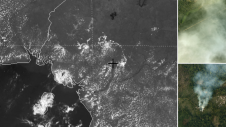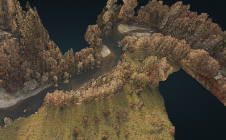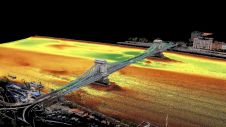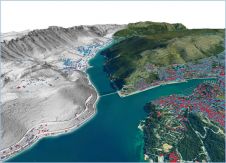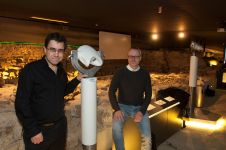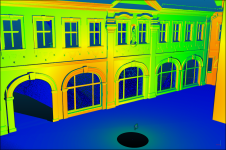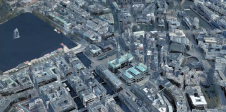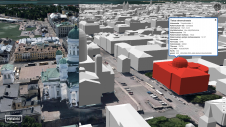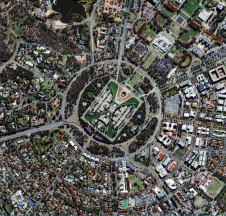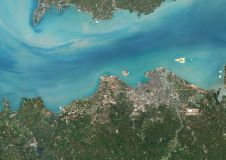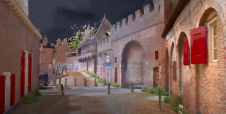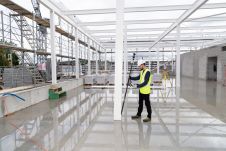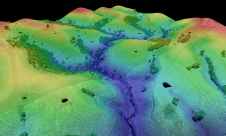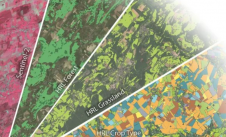Article
GIS for Balance
Beijing’s characteristic, narrow alleyways called hútong are vanishing at an unimaginable rate. With the 2008 Olympics on the horizon, these old walled residential neighbourhoods must make way for high-rise apartment buildings, offices and hotels. Over the past six years an estimated 1,500 to two thousand hútongs, some dating back to the Middle Ages, have been demolished. The homes of sometimes hundreds of Beijing families at a time are disappearing overnight, the inhabitants being shifted into shiny new flats. For the people themselves this is almost always a change for the better. Living in the hútong means a lot of people in very small space and no privacy; the accommodation is cold and draughty in the winter, hot in the summer and muddy in the spring.
But the downside of the re-housing looms. Protesters have already found a platform in the media and on the internet to voice pleas for the preservation of centuries-old heritage. They point to Beijing already having lost more than a thousand temples and the medieval city wall in the last fifty years and call it unforgivable to demolish the hútong for the sake of economy.
On the other hand, a city that doesn’t renew itself is a dead city. Amsterdam in The Netherlands, and Bruges in Belgium, have become almost open-air museums. Their perfect preservation may be attributed to more than a hundred years of economic standstill. Circumstances for the citizen in such times are often pretty bad. The disappearing hútong show the enormous strength and power of renewal of the Chinese economy and are a sign of improved living conditions and welfare.
But still, a bit more balance would be good. More caution and well thought-through decision making over the past ten years would have preserved Beijing as a more beautiful and characteristic city than augured right now. And that goes for many other cities, past and present, and most definitely not only in China. Integrated MIS-GIS could be a great tool in guaranteeing such caution for the future. A Management Information System (MIS) is a computer-based programme that helps managers organise, predict outcomes, evaluate decisions and so run their departments smoothly. MIS integrated with a GIS makes the geographical component visible in the decision-making process: see ‘Integrating GIS and MIS’ by Sajeevan G, Sameer Ailawar and Sunil Chhillar in this issue of GIM International.
Use of integrated MIS-GIS could hugely have helped to preserve the hútong of Beijing. The speedy development of such systems could greatly enhance attempts at many beautiful sites all over the world to find a balance between preservation and equally necessary economic growth to help the, often impoverished, citizen living there.
Durk Haarsma, publisher, durk.haarsma@reedbusiness.nl
Make your inbox more interesting.Add some geo.
Keep abreast of news, developments and technological advancement in the geomatics industry.
Sign up for free

